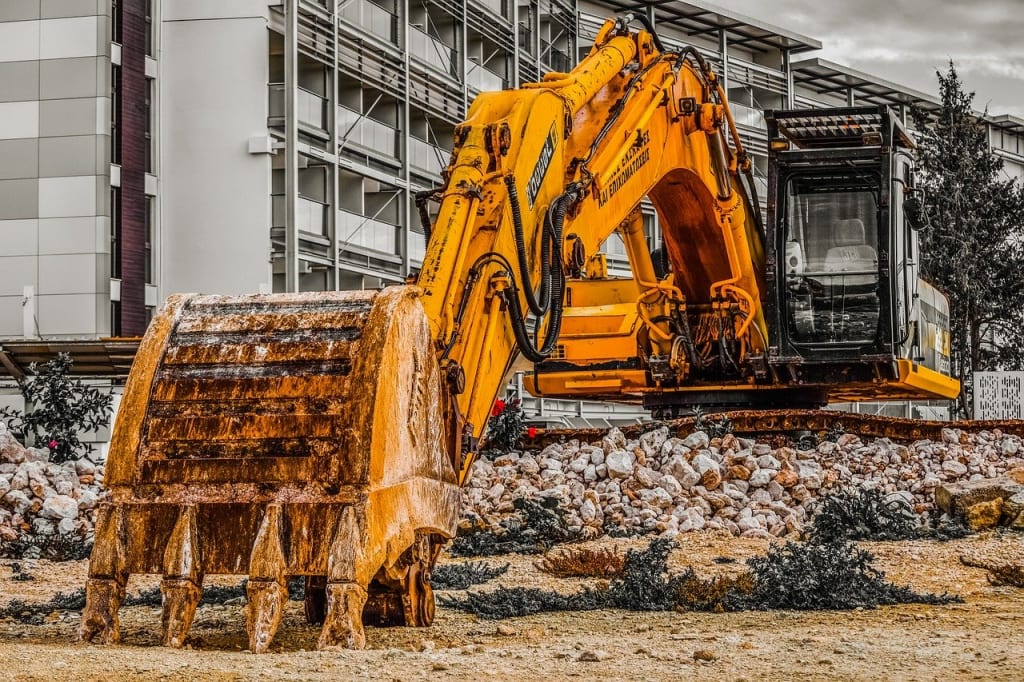Excavator Attachments and Tips to Consider Before Selecting
Identifying Excavator different attachments, their purpose, and tips

Excavators are large earthmoving machines used for various purposes, which include but are not limited to; carrying debris, digging trenches, creating holes, and excavation purposes. There are generally five types of excavators; crawlers, suction, dragline, skid steer, and long-reach excavators.
Depending on the job the excavator is needed for, various parts are called attachments for these specific purposes. Identifying these different attachments, their purpose, and tips to consider before deciding on acquiring an extension are essential.
Excavator Attachments
- Augers
Augers are attachments that allow an excavator to dig holes; for augers to work correctly, they have to be powered by two-way hydraulic circuits. Augers have a spiral shape and come in different sizes and specs, ranging from 4-50 inches.
They can dig holes in the ground up to 32 feet, and their standard mounting brackets are either double pin cradle hitch, double pin hitch, or single pin hitch.
Buckets are hard steel metal with a hollow and various teeth that allow for digging into the earth and scooping as much of it as possible. There are different types of excavator buckets available; some of them are:
Trenching buckets used to dig trenches as fast as possible. They range from 6 inches to 24 inches.
The primary purpose of the ditching bucket is for large-scale stone grading. The sizes of ditching buckets range between 5-6 feet.
Couplers are like ball and socket joints. When they are attached to other excavator attachments, they allow them to move in any direction. Couplers aid job efficiency because they reduce the time needed to get the extension into the correct position.
The name compactor leaves little to the imagination; they are attachments that compact the earth. They are ideal for packing the soil in trenches, dams, ground leveling, and many other construction projects.
There are two main types of compactors; depending on the excavator class, they are attached.
Grapples are attachments used to pick up a large number of amounts of material at a time. Some grapples are custom-made for handling complicated and difficult construction jobs, while other grapplers are ideal for waste management.
One of the advantages of the grapples is that they can turn in virtually any direction and angle. Another advantage is that its easy coupling pins allow it to be used interchangeably with other excavator attachments.
Hammers are also known as breakers, break down enormous obstacles like boulders that are preventing construction work. Two-way hydraulic circuits power the hammerhead, providing a considerable amount of power to the hammerhead.
- Rakes
Excavator rakes primary material is solid steel alloys that give them extra strength and durability. They consist of several long, curved teeth designed to sift through the earth and throw it forward so that the earth debris is easier to load.
Rippers form land layouts with hard rocky ground. They are used to run underneath the floor and rip out the hard clay, shale, rocks, and other hard materials. Their design is such that the hard material doesn't hit the teeth but the shank that carries more power. This design makes the ripping process easier.
Tips to Note Before Selecting Attachments
Manufacturers produce the same attachments with different configurations to fit with the type of excavator. These configurations maximize the use of the extensions with the excavator. Matching a high flow excavator with a standard flow attachment is just a drawback to both of them' efficiency.
Using couplers speeds up the time of changing attachments. Most attachments fit with couplers, so apart from allowing the extensions to move in any direction, they also allow for quick interchanging attachments.
There is nothing wrong with being confused; that is what dealers do. If you are thinking of getting an attachment, confused about the proper attachment for your excavator, or unsure of your excavator's configuration, talk to a dealer.
Some dealers offer the best deals for Excavator augers that will serve you best.
Most if not all of the attachments have their specifications. Before connecting an extension, study the flow diagram or chart. These diagrams show the precise specifications for your extensions and whether the hydraulic circuits will power the attachment or not.
Conclusion
Excavator attachments turn a normally mundane excavator into a multi-purpose machine. Your excavator can go from ripping up the earth, compacting it, to digging holes. All it needs is the proper attachment.
Apart from getting the proper attachment that fits the job, you also need to get the one that fits your excavator's configuration. Don't hesitate to consult a dealer for any of your queries.





Comments
There are no comments for this story
Be the first to respond and start the conversation.